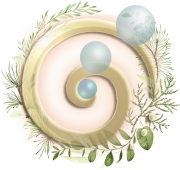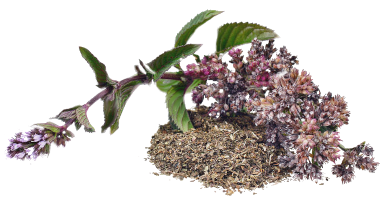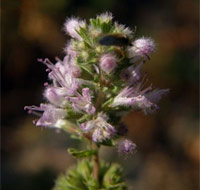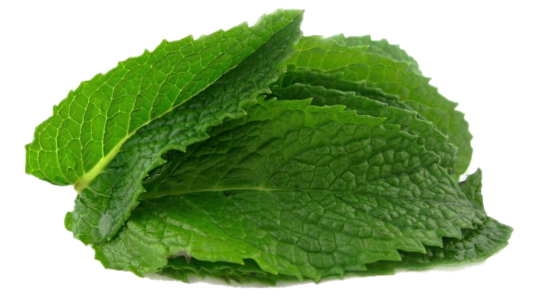
Pennyroyal Peppermint Petasites Poisoning

Mentha pulegium or Pennyroyal is a much debated mint species, which is said to be safe in limited amounts.

The tea can be used for ingestion (though there are much safer alternatives!), or to stimulate menstrual flow, but it is best known for its ability to induce abortion, however there is a case in which prolonged usage led to death.
Mints are generally good insect repellents and insecticides, but due to the additional toxicity of pennyroyal, it is even more suited as an insect repellent.
But, do not use pennyroyal as a flea repellent, because it is toxic to pets, even in small amounts.
Pennyroyal essential oil is highly toxic. Even small doses can be deadly.

Mentha x piperita or Peppermint is a hybrid mint, or more specifically, a cross of watermint and spearmint.

Peppermint contains B vitamins, calcium and potassium. It is rich in menthol, which acts as a local anesthetic and also has analgesic properties, so it acts as a painkiller. Like most mints, peppermint is a very good antipruritic and a natural insecticide.
Peppermint tea is traditionally used to treat diarrhea, vomiting, flatulence and Irritable Bowel Syndrome (IBS).
Peppermint, administered topically, is used for tension headaches, applied to the forehead and temples.
Peppermint tea is safe to drink. Peppermint contains pulegone, a toxic organic compound, which is neutralized when cooked.
The toxicity of peppermint is still being researched.
"Everything is poison, there is poison in everything. Only the dose makes a thing not a poison."
~ Paracelsus, the father of toxicology
Poisoning is a serious physical condition produced by a substance (toxin, venom, or other poison), which causes a disturbance in an organism (human). In severe cases of strong poisoning the outcome can be deadly.
For immediate cleansing and gastric decontamination take activated charcoal.
Some plants, which are commonly used for food, have poisonous parts.
There are many poisonous plants worldwide. The following is only a short list of plants that we, humans, commonly use for food, and by no means a complete list of poisonous plants.
All the information provided within the Herbalism & Healing glossary and guide is collected and shared responsibly and to the best of the author's knowledge. Neither the author nor the website offer any guarantees for any of the information, nor do they take any responsibility for anything that may or may not happen to you. However, the author does use and apply the information exactly as presented within these pages. It is meant to help, but what you do with it is up to you.
It is your life. Live it well.